Description
Cabbage Winter Tundra F1
Cultivation Advice for Cabbage Winter Tundra F1
Planting Time and Location:
- Key points to remember for cultivation of Winter Tundra F1 cabbage in brief
- Seed Starting: Sow indoors 8-10 weeks before last frost; transplant outside in early spring or late summer.
- Soil: Well-drained fertile soil pH 6.0 – 7.0 Amend with compost
- Sow in flats, prick out and transplant at 4-6 inches (10-15 cm), on centers spacing the plants a full 18-24 inches(46-61 cm).
- Moisture: Evenly moist; water-scarce to avoid drying out.
- Mulching – Mulch to retain moisture and suppress weeds, remove weeds on a frequent basis.
- Fertilizing: Dig in 3 to 4 inches of compost before planting or fertilize with a high-nitrogen fertilizer after the plants are established.
- Cold Tolerance: Frost-tender; protect from frosts with large row covers.
-
Pest control
- Pest Control- Check for aphids and cabbage loopers; control with organic pest remedies.
- When to harvest: cut heads from stem at the base when firm and measure 6-8 inches in diameter.
- Storage: Fresh; remaining heads in cool, humid place
- Winter CareMulch to protect roots and retain soil warmth(use straw or additional mulch layer)
- Culinary Use : Universal; Soups, Stews, stir-fries, salads and coleslaws.
- Watch: Pay attention to the health of your plants and adjust care practices.
- Weather Protection : Use wilpacks or rockwool covers during frost; and you can choose to dampen the soil slightly beforehand.
- Create a Beneficial Microclimate: Choose Cold-Hardy Plants for Nearby Areas
- Winter Prep: Stake or support the heads in order to prevent snow damage.
- Cold Spell Care: Look for signs and take action to prevent Freezing.
- Mulching: Good – winter rye, barley (use thick layer when temperatures drop down), live plant.
- Preserve: Canning, fermenting or make foods like sauerkraut; hearty winter vegetables to have all year.
- Soil Prep: Use a well-drained soil to prevent freezing and root damage.

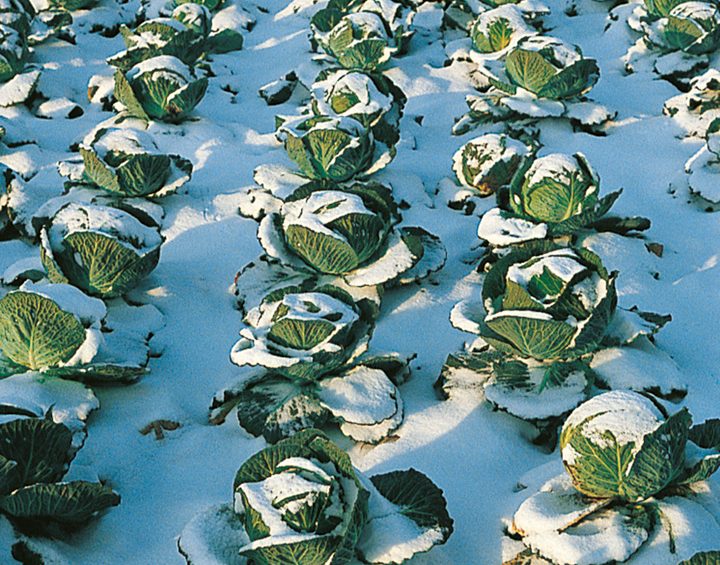
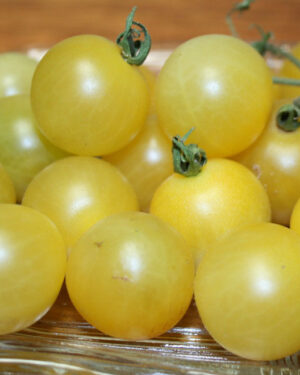
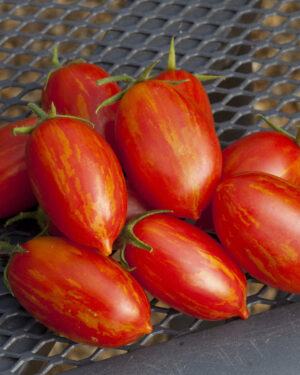

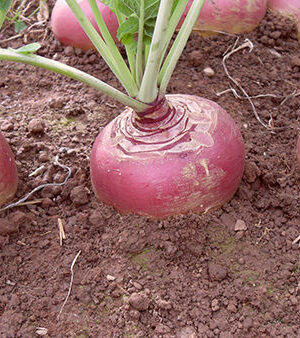


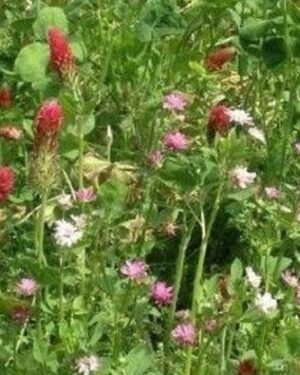
Reviews
There are no reviews yet.